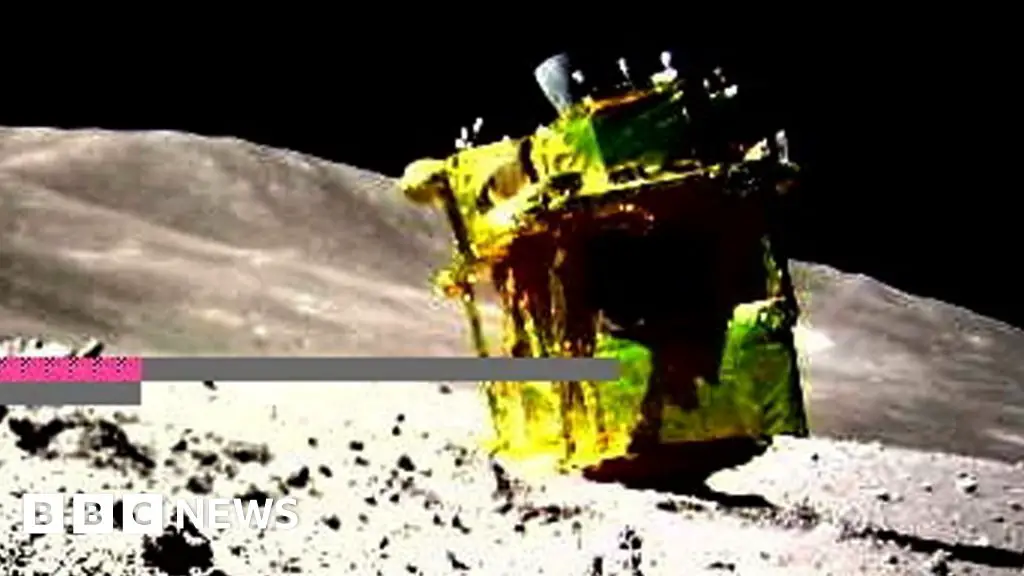Japan’s Moon lander Slim ends up on its nose after historic touch down, but may revive if solar cells work. Sora-Q image reveals stricken spacecraft’s orientation
Japan’s Moon Lander Slim Faces Challenges After Historic Touchdown
Japan’s Moon lander, Slim, encountered difficulties after making a historic touchdown on the lunar surface, ending up on its nose and causing challenges in generating electricity needed to operate.
The Landing
The first picture of the lander shows it rotated 90 degrees from its intended position, capturing the moment it encountered the landing issue. The spacecraft’s main engine abnormality and the failure of one of the big thrusters during descent led to this unexpected orientation.
Challenges and Shutdown
The lander’s solar panels failed to work, causing rapid drainage of its battery. The decision to hibernate Slim was made based on the assumption that the spacecraft’s orientation prevented the solar cells from receiving sufficient sunlight.
Controllers were able to capture images of the lunar surface before the shutdown, revealing the spacecraft’s position on a slope surrounded by small rocks at the edge of an equatorial crater known as Shioli.
Statistical Significance
The landing made JAXA the fifth national space agency to achieve a soft touchdown on the Moon, a statistically difficult feat with only about a half of all landing attempts succeeding.
Technological Achievements
JAXA utilized new precision-navigation technologies for the landing. The onboard computer used rapid image processing and crater mapping to reach its touchdown point, achieving a landing approximately 55m east of the original target site.
Rover Success
The mission also saw the success of two rovers, Sora-Q and Lev-1, with the former capturing the first picture of the stricken lander and the latter demonstrating leaping movements on the lunar surface before powering down.
Application in Future Missions
JAXA views the inter-robot communication and autonomous operations as ground-breaking achievements, with the acquired knowledge and experience being applied in upcoming missions for future lunar explorations.
Conclusion
Despite facing challenges, the historic touchdown of Slim on the Moon marks a significant step in Japan’s space exploration efforts, with valuable insights gained that will contribute to future lunar missions.


